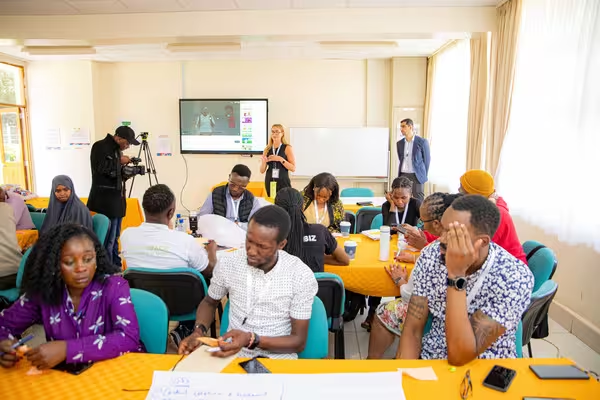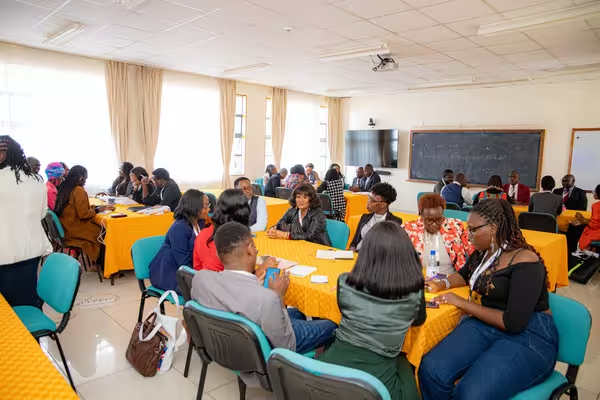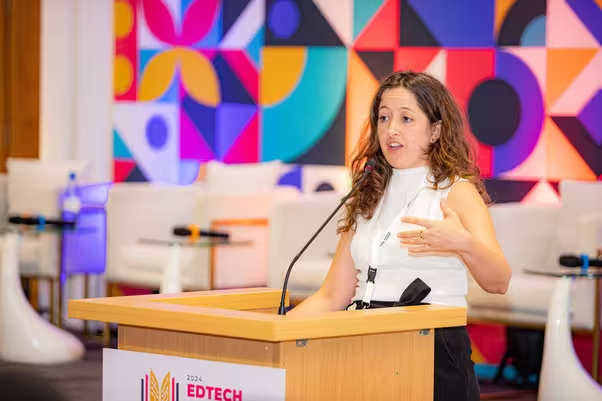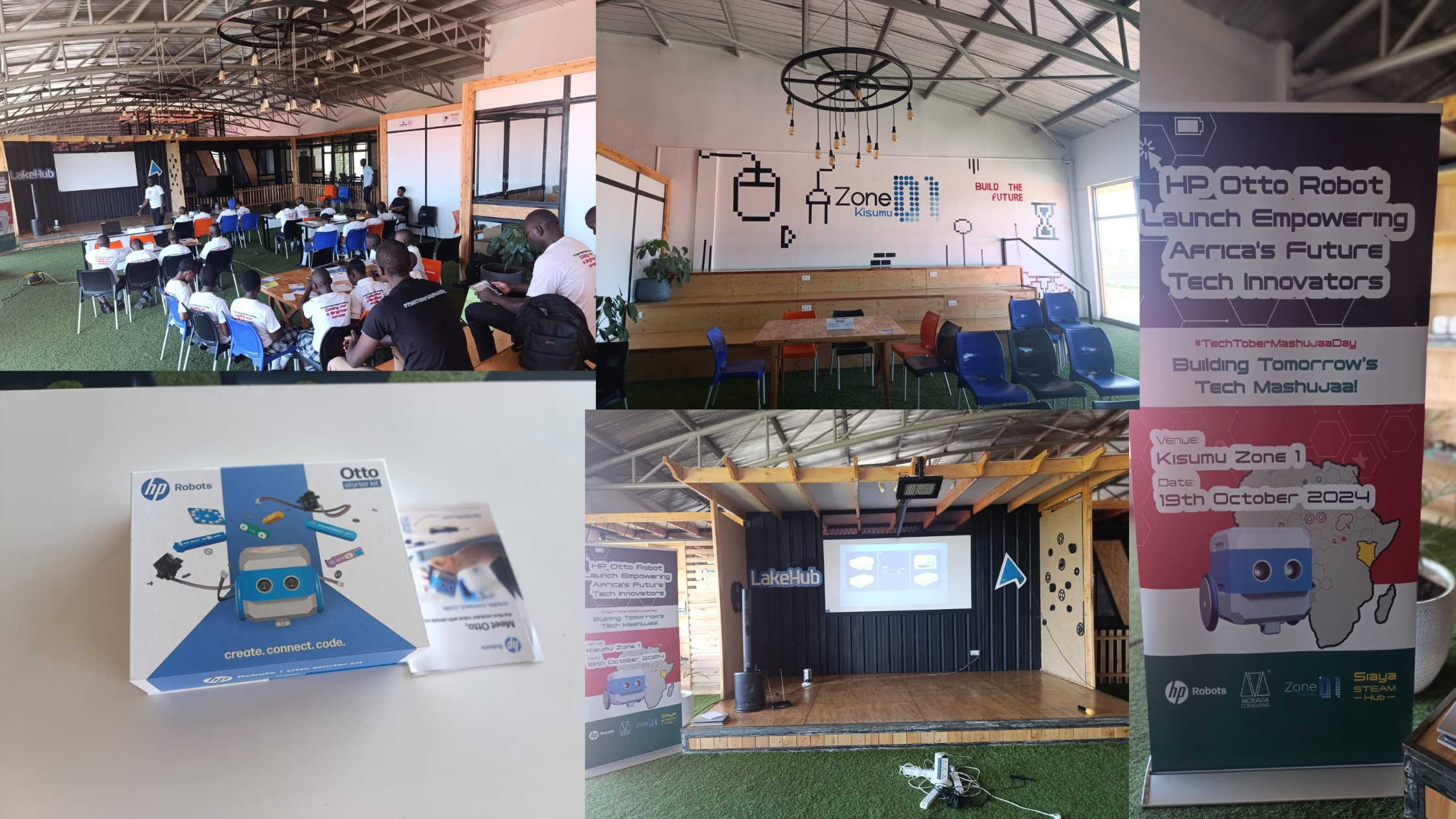
The introduction of free primary education in 2003 and other interventions led to an increase in the number of learners enrolled in Kenyan schools. The current primary school population stands at 10.4 million in both private and public primary schools.
Such a large enrollment comes with its challenges. They include inadequate infrastructure, teacher shortages, large classrooms, dropouts, inadequate psychosocial support, and addressing children with special needs.
Artificial intelligence (AI) can be used to address some of these challenges in education today and improve learning outcomes.
Limited Internet Connectivity
Africa has the widest gap in connectivity, with 23 percent of the population lacking access to a mobile broadband network. In Kenya, some areas are seen as commercially unviable and remain underserved in terms of internet connectivity. This disparity helps perpetuate inequalities among communities.
M-Shule is an example of an EdTech platform that leverages AI and SMS technology. It provides personalized learning content to primary school learners in Kenya in places with limited internet connectivity through SMS.
Teacher Shortages and large classes
As of 2023, there was a shortage of 111,870 teachers. The global teacher shortage has brought about pressure on school systems, such as overcrowded classrooms, overworked educators, increased inequality in education, and financial pressure. Apart from delivering content to learners, the teacher has several administrative activities. The Teachers Service Commission has 18 professional documents that a teacher is required to maintain.
AI can automate some processes to free the teacher to concentrate on teaching and supporting learners. Hodari is an app that allows the teacher to grade, make lesson plans, and carry out administrative tasks.
Overcrowded classrooms usually lead to less effective teaching methods and reduced individual attention and guidance to learners. AI can be used in digital assistants to engage with students individually, answer questions, and break down difficult concepts. One such tool is somanasi accessible through a single mobile platform.
Reducing dropout rates
UNICEF estimates that 1.3 million Kenyan children of primary school age are out of school. AI can detect learners who are likely to drop out of school. Using predictive analytics, AI can scrutinize factors such as attendance, academic performance, socio-economic background, and behavior patterns and offer early warnings about students in danger of falling out of the formal education system. This allows educators to intervene before disengagement ends in dropping out.
Economic hardship is a barrier to education. AI offers a way to help schools target support where needed most. By analyzing socio-economic data, AI can identify students at risk of dropping out due to financial challenges and recommend resources like scholarships, meal programs, or other forms of assistance.
School violence in the form of harsh discipline, physical fights, social exclusion, and the spreading of rumors affects children’s ability to learn effectively. Victims and witnesses of these forms of school violence have a higher chance of missing classes, performing poorly, and dropping out of school.
Emotional AI-driven chatbots and mental health apps such as Chat Care can provide students with immediate support and resources to address mental health challenges. Developed by the Kenya Red Cross Society, it provides discreet psychosocial support addressing sensitive issues that may affect learners. It is available 24/7 on various digital platforms.
Inadequate Teacher Training:
AI-powered platforms can create customized training for teachers, addressing their specific learning needs. By assessing a teacher’s existing skills, knowledge gaps, and subject expertise, personalized professional development plans can be crafted.
As teachers progress through training modules, AI systems provide instant feedback, helping them refine their understanding of new teaching methods. For instance, if a teacher struggles with classroom technology integration, AI can suggest resources and practical tips.
These platforms can deliver bite-sized training sessions that fit the teacher’s busy schedule. These focused modules cover specific skills, such as digital assessment tools or project-based learning techniques.
Nyansapo AI is an example of a platform that provides teachers with AI-powered tools and resources to help them develop foundational literacy and math skills among learners.
Provision of Resources for Special Education Services:

An inclusive education system recognizes that learners have different learning styles and needs. Customizable learning paths can be achieved using AI, such as somanasi, to assess student progress and adjust the curriculum. A student struggling with a topic is offered alternative teaching strategies or resources to reinforce understanding.
Assistive technology is crucial in improving access to education. Knock Knock is a gadget that captures different sounds from the environment and translates them into visual and vibratory alerts for individuals with hearing loss.
The Future
In Kenya, AI could revolutionize teaching, elevate learning practices, and serve as a lever for achieving Sustainable Development Goal 4 of quality education for all. As UNESCO mandates, AI should be human-centered, and inclusive, one that narrows rather than widens existing divides in access to knowledge and cultural diversity.




